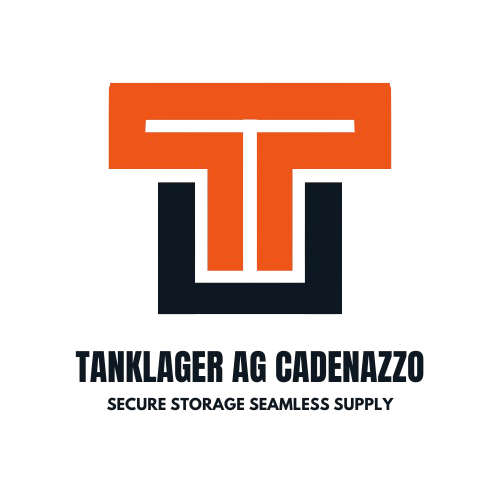
our approach aimed at maximizing productivity & efficiency.
Welcome to our Inspection Management System, which is designed to maintain the highest levels of fuel analysis and quality monitoring for stored petroleum products. At Tanklager AG Cadenazzo, we prioritize using ASTM International, a globally recognized standards body, for our testing protocols. With their technical fuel storage stability testing guidelines, we are prepared to handle a wide range of fuel types.
To improve the integrity of our fuel storage, we implement the following measures in addition to regular testing using ASTM methods:
Reduced Headspace: We avoid condensation and related issues by reducing the headspace inside the tanks.
Avoiding Catalytic Metals: We steer clear of metals that can degrade gasoline quality, such as copper and zinc.
Dry Interior: To reduce the possibility of moisture-related problems, we keep the inside of our storage tanks dry.
Testing for Microbial Activity: To stop fuel taint and deterioration brought on by microbes, we routinely test for microbial activity.
Sulfur Level Monitoring: To guarantee adherence to legal requirements and lessen the effects on the environment, we keep a careful eye on the sulfur levels in the petroleum products we store.
Visual Monitoring: To identify any obvious changes, including haze and particulate matter, routine visual inspections are carried out. This enables quick remedial action if required.
Additive Utilization: To improve fuel stability and guard against deterioration, we use additives such metal deactivators and antioxidants.
We preserve the integrity of the fuels kept at Tanklager AG Cadenazzo and uphold the highest quality standards by putting these thorough procedures into place.
Inspection of Oil Tanks and Pipelines
Our team uses advanced risk analysis methodologies, such as EEMUA 159 and API 653, supported by specialized software, to conduct thorough assessments of storage tanks, plan inspection intervals, determine the remaining lifespan of tanks, and maintain an organized archive of inspection records and non-destructive testing (NDT) results. Inspection of Oil Tanks and Pipelines. We prioritize the expert assessment of storage tanks and pipelines to ensure their optimal condition and safe operation. By using industry-standard methodologies, such as Risk-Based Inspection (RBI), and adhering to regulatory guidelines, such as the Water Act, we guarantee efficient utilization of inspection intervals without the need for frequent shutdowns.
Recognizing the importance of pipeline integrity in the Tanklager AG Cadenazzo business setting, we prioritize the continual detection and evaluation of material losses. Our thorough inspection method is intended to detect and treat pipe flaws such as corrosion or scratches, which can result in material losses and considerable wall thickness decreases. We seek to ensure the safe and effective functioning of oil pipelines by determining the corrosion rate and responding swiftly to its effects, hence reducing the danger of accidents.
Choose our skilled inspection services to maintain the integrity of your oil tanks and pipes. With our knowledge and commitment to industry best practices, we offer comprehensive assessments, accurate evaluations, and effective maintenance methods to improve operating efficiency and reduce hazards.
Fuel Quality and Stability Management
At Tanklager AG Cadenazzo, we protect fuel quality by maintaining dry tanks, minimizing headspace, and avoiding catalytic metals. Using ASTM-certified testing and additives, we ensure stability, purity, and full environmental compliance.
Risk-Based Asset Integrity Inspection
Our experts use RBI methods with EEMUA 159 and API 653 standards to assess tank and pipeline health, extend asset life, and ensure safe, efficient operations.
service related FAQ’s
Smart pigging, X-ray crawlers, and 0.003% product loss rates—5x better than industry averages.
We offer flexible contracts for SMEs, with modular tank leases starting at 1,000m³.
Yes, our ISCC PLUS-certified biofuel cluster uses 316L stainless steel liners and dedicated pipelines to prevent cross-contamination.
We specialize in crude oil, refined petroleum products, biofuels (including HVO and ethanol blends), LNG, and specialty chemicals, with dedicated infrastructure for each product category.
Yes, we exceed SEVESO III, ISO 20815, and EU CBAM requirements, with zero violations in 12+ regulatory audits since 2023.

